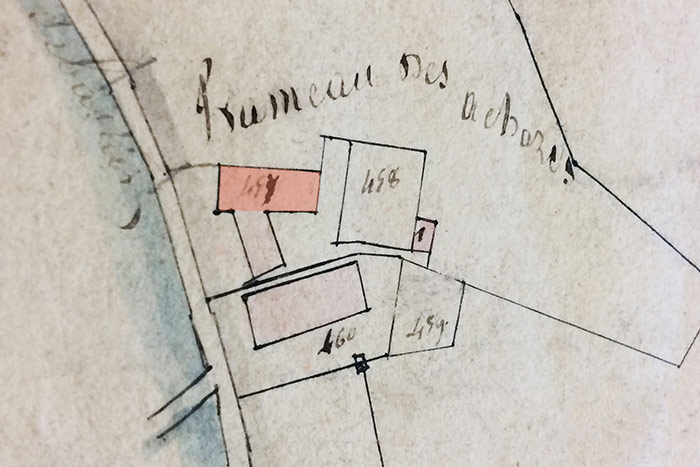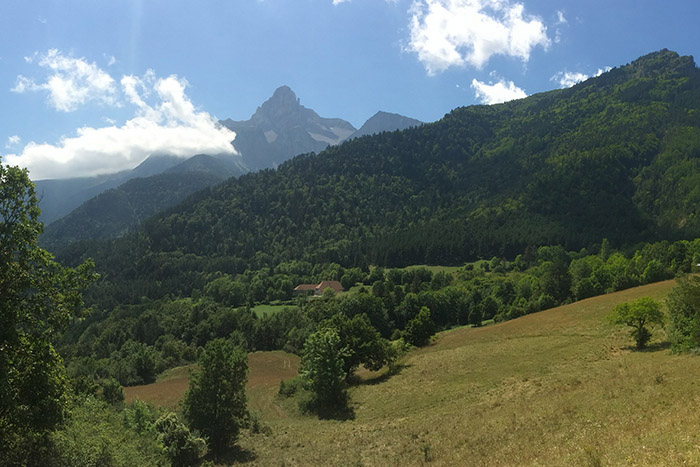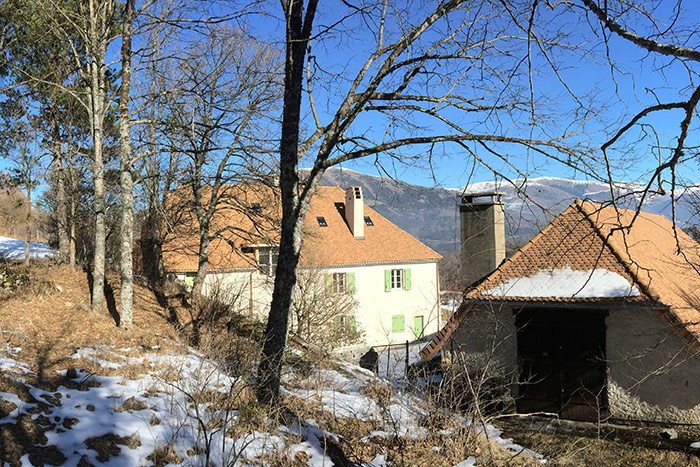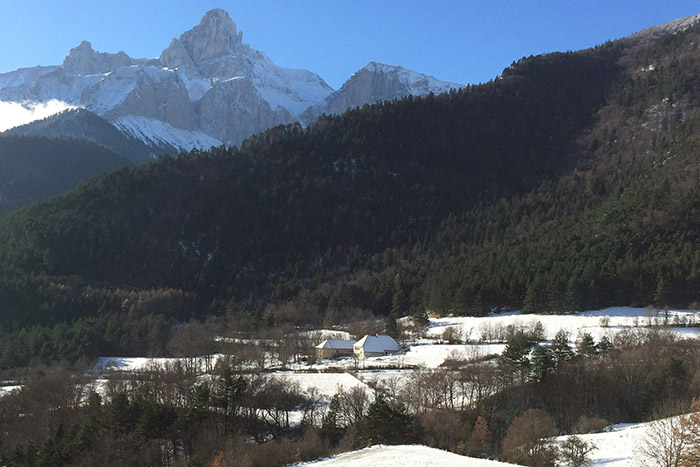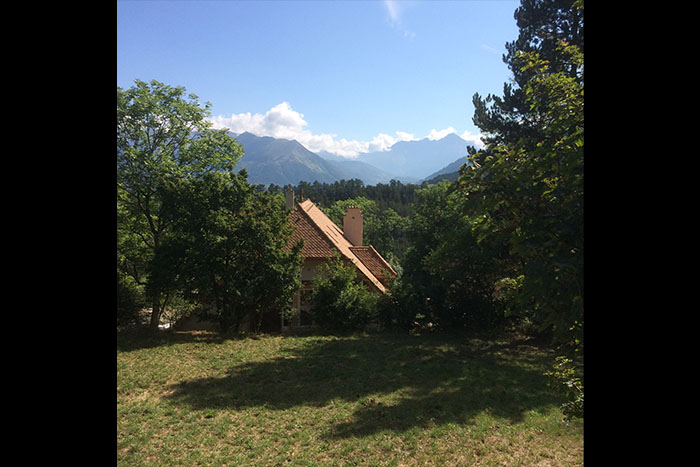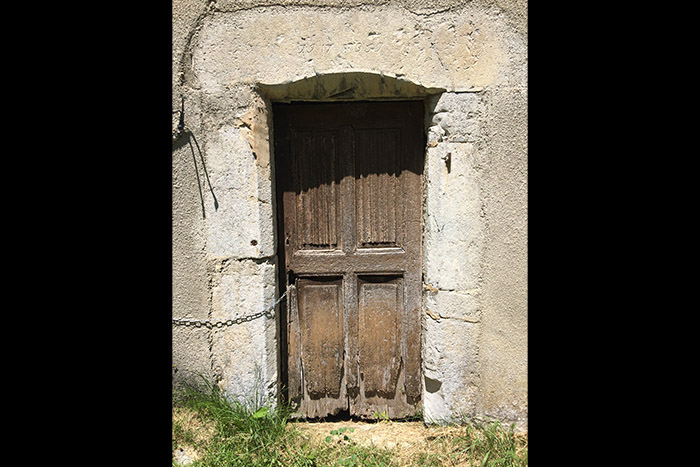Located on the ancient road linking the Trièves to the Gapençais on the left bank of the Drac, the hamlet of les Achards is nestled at the foot of the Obiou, on the edge of the national forests that surround the Dévoluy massif. Of Germanic and medieval origin, the name Achards is quite common in these mountains. This small hamlet of Cordéac (today belonging to the commune of Châtel-en-Trièves) had three houses at the beginning of the 19th century, each with its own bread oven. Two houses and an oven remain, as well as the hamlet’s fountain, fed by one of the Vauclusian-type springs that dot the massif (one of the most important in France, the Gillardes, is located further south on the mountain side).
In Achards, pastures and hay meadows, beech and maple woods, Scots pine and larch form a lively and colourful mosaic, punctuated by the seasons. The land surrounding the hamlet has been terraced to reduce the slope. At the beginning of the 19th century, the terrace at the foot of the house was already occupied by a vegetable garden.
The hamlet of les Achards
A house in the Trièves
With its scaly tiles, its genoises, its high chimneys, its massive walls and its stone vaults, the house presents a typical architecture of the Trièves. As was customary in the Haut-Dauphiné, it originally grouped together, under the same roof, all the functions of housing and farming. This old farmhouse located at an altitude of 920 metres was built in 1789 and enlarged in the middle of the following century. Almost entirely devoid of openings to the north to protect its inhabitants from the winter cold, it opens onto the Drac valley to the east, opposite the Route Napoléon and the great peaks of the Alps (Taillefer, Écrins). To the south, it embraces a cirque of mountains dominated by the 2789-metre-high Obiou mountain (Dévoluy massif). Not far to the west stands the Vercors massif.
The restoration
The house had been uninhabited for a century when the restoration work began in 2019. The worm-eaten roof structure rested partly on the vaults, which were beginning to deform. The building had to be cleaned up and the roof rebuilt in its original volume, preserving the characteristic elements of the architecture of the Haut-Dauphiné. The house has thus received the label of the Fondation du Patrimoine. The work was carried out with respect for the environment by favouring the use of natural materials: solid wood floors from local sources, wooden windows and shutters, lime plaster, and vegetable fibre insulation. Heating is provided by a wood pellet boiler and sanitation is guaranteed by a plant purification system designed by a local company. Rainwater is collected in an underground tank and reused to supply the toilets and the washing machine. A communal catchment situated higher up in the mountain provides the drinking water supply. Our commitment was recognised by the signing of the Trièves ecotourism chart.

